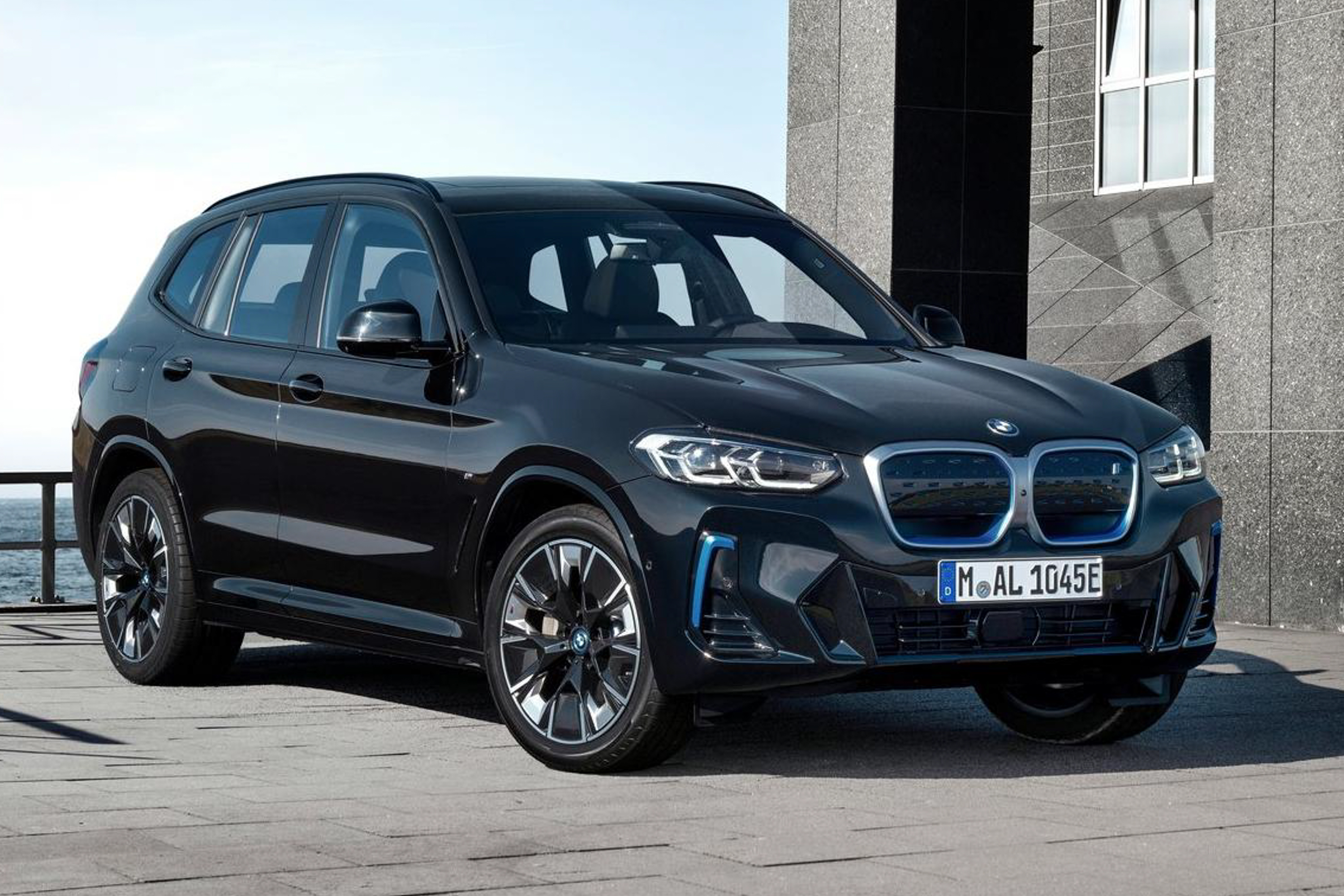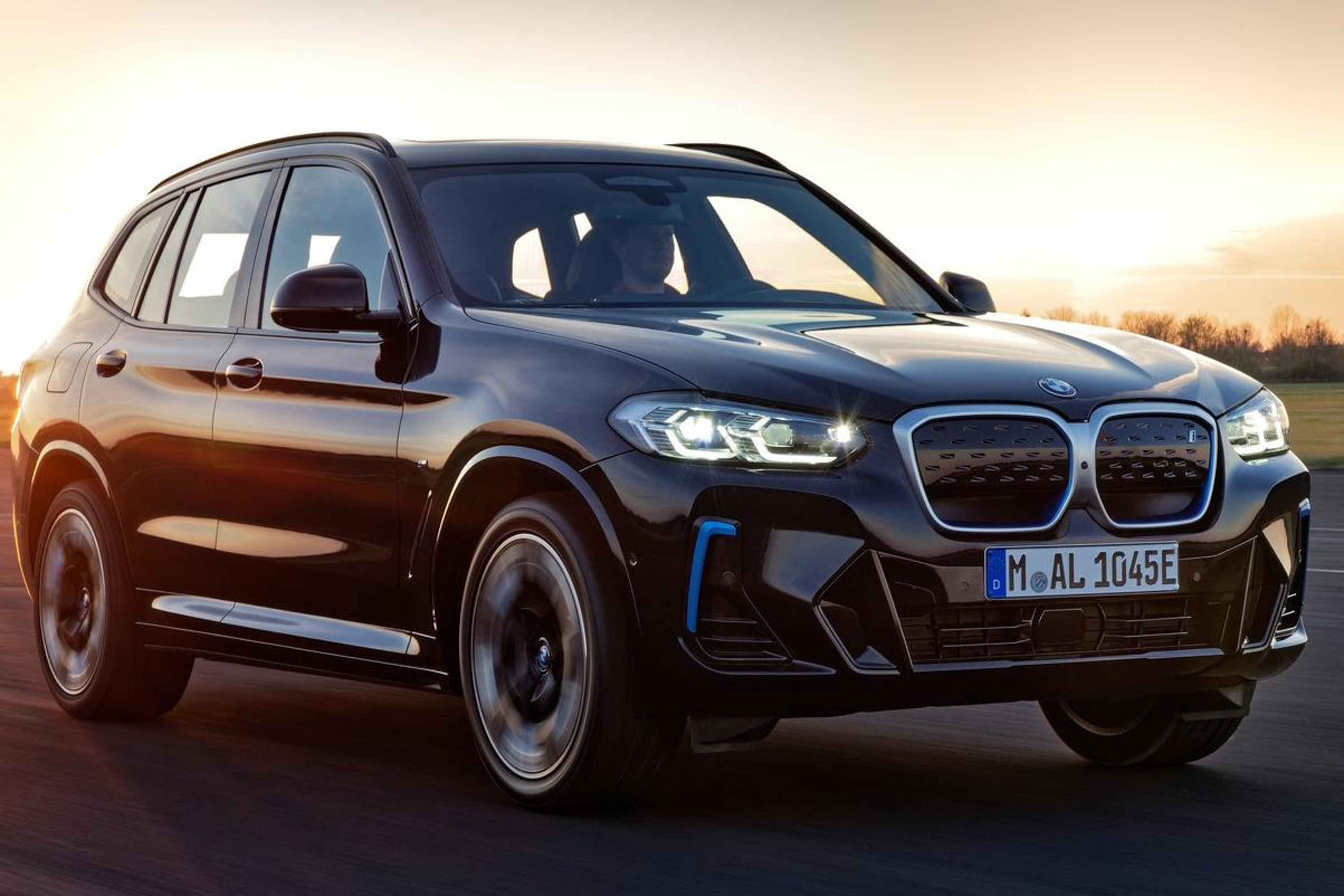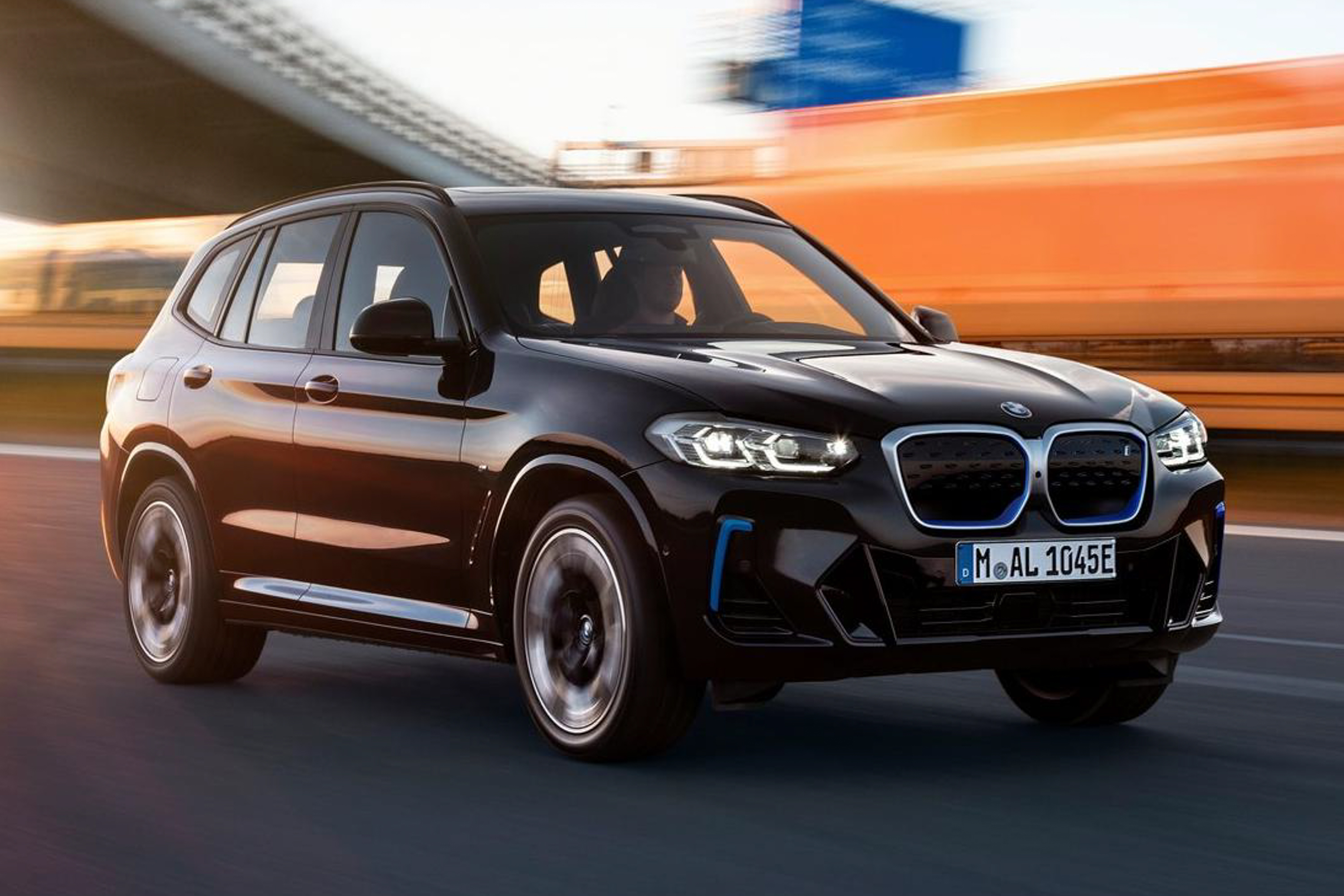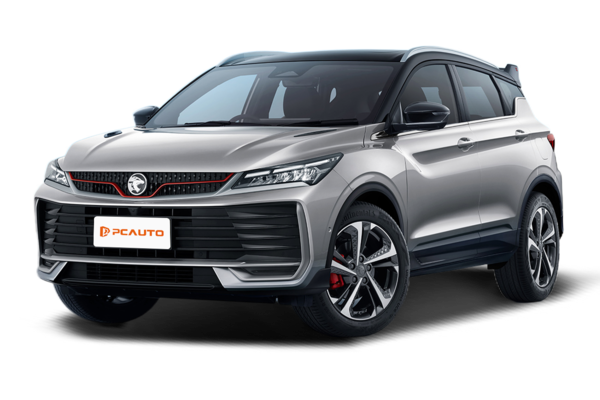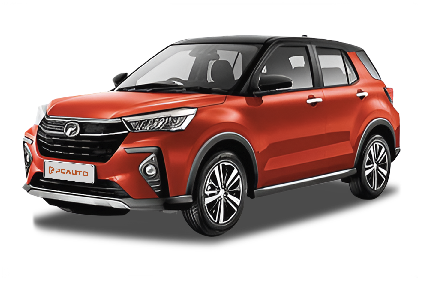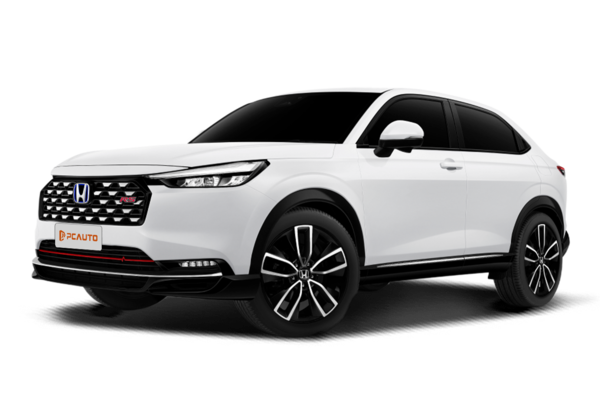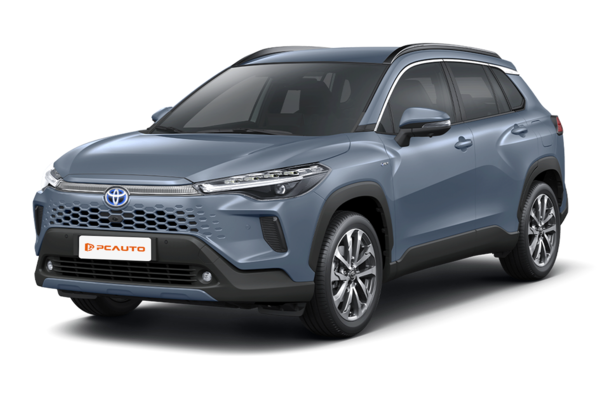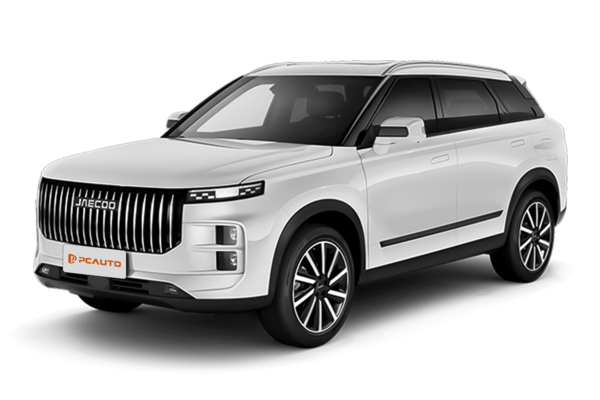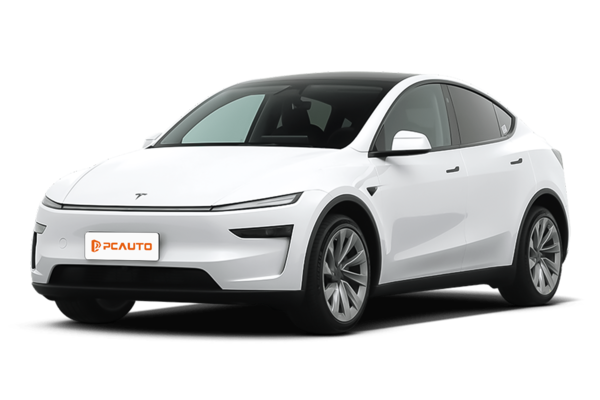Q
How many kWh are needed to charge a Tesla Model Y?
Tesla Model Y battery capacities vary by trim. The Rear-Wheel Drive Standard Range comes in at around 60 kWh, while the Long Range and Performance models step it up to approximately 75 kWh and 82 kWh respectively. That means a full charge will roughly match the battery's capacity, though in real-world charging you might see a bit more juice pulled due to charging losses – totally normal.
Here in Malaysia, topping up a Model Y Long Range with a home charger (7.4 kW) takes about 10 hours. But hit up a Supercharger (250 kW), and you're looking at going from 20% to 80% in around 30 minutes – way quicker. Important to note: charging speeds naturally taper off as the battery fills up. It's not a glitch; it's actually a protective measure to keep your battery healthy in the long run.
Malaysian owners will also want to factor in charging costs. At a rate of RM0.30 per kWh, a full charge for that Long Range model rings in at about RM22.50 – that's a pretty solid saving compared to filling up a petrol car. On top of that, Tesla's Supercharger network in Malaysia is steadily growing, making things even more convenient. My advice? Pick your charging method based on your daily driving needs and where the chargers are located. That way, you'll get the most bang for your buck and the best possible experience with your electric ride.
Q
How to adjust the rearview mirror of the Tesla Model Y?
Adjusting the side mirrors on a Tesla Model Y is super straightforward. Once you're in the driver's seat, head to the "Mirrors" option in the vehicle controls menu on the left side of the central touchscreen. Then, use the scroll wheel on the right side of the steering wheel to tweak the angle of both the left and right mirrors—make sure you can clearly see what's behind you. Don't forget to hit save once you're done.
For Malaysian owners, with the hot weather and frequent rain we get, it's a good idea to regularly check if your mirrors are fogging up or getting water spots. If needed, a quick spritz of anti-fog spray or a rain repellent product can help keep them clear.
Another handy feature: the Model Y's mirrors have auto-dimming, which really cuts down on glare from the high beams of cars behind you at night—definitely a safety plus. If you ever run into issues with the electric adjustment not working, try restarting the central system first. If the problem sticks around, best to reach out to Tesla Malaysia's official service center to get it checked out.
Oh, and here's a pro tip: setting your mirrors correctly is key to minimizing blind spots. Aim to position them so you just can't see the side of your car—this gives you the widest possible view. Pair that with the Model Y's blind spot monitoring, and you'll feel way more confident when changing lanes.
Q
How to set the cruise control system on the Tesla Model Y?
Setting the cruise control on the Tesla Model Y is super straightforward. First, make sure you're driving and going over 30 km/h. Then, just push the stalk on the right side of the steering wheel down once to activate regular cruise control. The car'll hold your current speed after that. If you need to adjust speed, nudge the stalk up or down—each tap changes it by about 1 km/h, and holding it down makes it adjust faster.
The Model Y also comes with the more advanced Autopilot feature. Double-tap that same stalk down, and you're good to go. Autopilot doesn't just maintain speed; it also handles stop-and-go traffic and keeps you centered in your lane—total lifesaver for Malaysia's highways or those annoying traffic jams.
But hey, important reminder: cruise control (and Autopilot) are just assist features. You gotta stay focused and ready to take over anytime, especially in rain, fog, or tricky road conditions. Tesla's system uses some pretty smart cameras and radar to spot other cars and obstacles, though, so it definitely makes driving around Malaysia a bit safer and easier for owners.
Q
When should you service your Tesla Model Y?
According to Tesla's official guidelines, regular maintenance for the Model Y is primarily based on your driving habits and on-board system notifications, ditching the old-school fixed mileage or time intervals of gas-powered cars. Malaysian owners can check specific alerts through the "Service" option on the touchscreen. Typically, it's recommended to inspect the brake fluid every 2 years or 40,000 km, and replace the cabin air filter every 12-24 months depending on local climate and air quality – in our tropical Malaysian heat and humidity, you might want to shorten that window a bit. Tires need rotation and alignment every 10,000 km or when tread depth drops below 3mm. Keep windshield washer fluid topped up and check wiper blades every six months or so, easy enough to do yourself.
The good news? EV maintenance is way simpler than gas cars. No oil changes, no spark plugs to replace – that's a big win. But it's smart to periodically clean the battery pack's cooling vents to prevent dust buildup, especially with our dry spells here. If you're regularly driving through Malaysia's rainy areas, giving the undercarriage seals a bit more attention makes sense too. Keep an eye on those dashboard alerts – any warnings related to the drive system or battery mean you should hit up a Tesla Service Center ASAP. And don't forget you can monitor your car's health remotely via the mobile app. This condition-based approach really helps keep long-term ownership costs in check.
Q
What's the lifespan of the Tesla Model Y?
The lifespan of a Tesla Model Y hinges on several factors, including battery longevity, regular maintenance, and driving habits. Generally speaking, Tesla's battery packs are engineered to last around 15 to 20 years, or roughly 300,000 to 500,000 kilometers, depending on usage conditions and charging practices. Given Malaysia's hot and humid climate, it's advisable to avoid frequent fast charging and prolonged full battery charges to help extend battery life.
The Model Y's electric motor and other mechanical components are typically more durable than those in traditional internal combustion engine vehicles. This is because EVs have a simpler structure with fewer moving parts that are prone to wear and tear. Sticking to regular maintenance routines, such as brake system inspections and coolant checks, can also go a long way in preserving the vehicle's lifespan.
Compared to conventional petrol-powered cars, EVs usually boast lower maintenance costs since there's no need for oil changes or dealing with complex transmission systems. The Malaysian government is actively promoting electric vehicles, and the charging infrastructure is gradually improving, which should make owning and operating a Model Y more convenient for drivers. If you're considering making the switch to an electric vehicle, the Model Y stands out as a solid, reliable choice, with its technology and durability enjoying a strong reputation in the industry.
Q
When will Tesla launch new Model Y?
Tesla hasn't officially announced when the updated Model Y will hit Malaysian shores just yet, but if we go by global market trends and Tesla's typical refresh cycles, we might see some minor upgrades or local-specific tweaks roll out sometime in 2024. For Malaysian folks keen on this, your best bet is to keep an eye on Tesla's official website or stay in touch with local authorized dealers to get the latest scoop.
The Model Y, one of Tesla's most popular electric SUVs, has built a solid reputation for its range, tech-forward features, and autonomous driving capabilities – making it a great fit for both city commuting and family use here in Malaysia. And with the Malaysian government really pushing to boost EV adoption lately, from tax incentives to expanding charging infrastructure, Tesla's moves in the local market are definitely something to watch.
If you're in the market for an EV, though, don't just fixate on the Model Y. Brands like BYD and Hyundai have some strong competitors in the mix too, offering impressive range and smart features. It’s always a good idea to shop around, compare based on your budget and what you actually need. Oh, and let's not forget charging – Tesla's Supercharger network is gradually expanding across Malaysia, and being able to top up quickly at one of those is a big plus when picking an electric car.
Q
How to dismantle the door panel of the Tesla Model?
Taking apart a Tesla Model series door panel requires some specific skills and tools. I’d recommend rounding up plastic pry tools, screwdrivers, and gloves before you start. First things first, disconnect the vehicle’s power to stay safe. Then, use a plastic pry tool to carefully pop off the trim cover near the door handle—there are hidden screws under there you’ll need to remove. After that, start at the bottom of the door and gently pry up to release the panel clips. Easy does it here—too much force can crack the clips or the panel itself. Once the panel’s loose, disconnect any wiring harnesses attached to it, and then you can fully remove the door panel.
Living in Malaysia’s humid climate? Make it a habit to check the door’s internal components regularly for moisture or rust—keeps your Tesla running strong longer. If you’re not super confident with this kind of work, better leave it to a pro technician. Tesla’s door designs are pretty intricate, and botching the removal could mess up the sealing or damage electronic parts. Besides, getting to know how the door’s built inside helps you take better care of stuff like the window regulators and sound system too.
Q
How much does replacing the battery of the Tesla Model Y cost?
In Malaysia, the cost to replace a Tesla Model Y battery varies depending on the battery capacity and replacement method, typically ranging from RM30,000 to RM60,000. The final price hinges on the official service center's pricing, whether you opt for a brand-new battery or a refurbished one, and additional costs like labor and taxes will also factor into the total.
The Tesla Model Y comes with an advanced lithium-ion battery pack, which generally lasts around 8 to 10 years or 150,000 to 200,000 kilometers. However, real-world longevity depends on driving habits, charging patterns, and climate conditions. It’s a good idea to regularly check the battery health status through the in-car system to optimize its efficiency.
On the upside, the Malaysian government offers some policy support for electric vehicles, such as import tax exemptions and road tax discounts. These measures can help lower long-term ownership costs indirectly. Plus, Tesla’s Supercharger network in Malaysia is expanding, making charging more convenient for owners.
For an accurate quote, it’s best to reach out directly to Tesla Malaysia’s official service centers or authorized repair shops for the latest details.
Q
What type of tires is equipped on the Tesla Model Y Performance?
The Tesla Model Y Performance rolls off the factory floor with tires specifically engineered for high-performance electric vehicles. Typically, you're looking at front 255/35 R21 and rear 275/35 R21 setups, often shod with grippy summer tires like Pirelli P Zero (PZ4) or Michelin Pilot Sport 4 SUV. These tires prioritize dry and wet handling precision along with low rolling resistance, perfectly complementing the car's blistering 3.7-second 0-100km/h acceleration.
Now, here's the thing about Malaysia's tropical climate – it's hot and rainy year-round. If you regularly find yourself navigating downpour-soaked roads (heavy downpours, basically), you might want to consider stepping up to all-season tires or even dedicated rain tires. Just keep in mind, you'll need to balance that with factors like tread life and how quiet they are.
EVs, with their instant torque and heftier curb weights, tend to chew through tires faster than their gas-powered counterparts. So, it's a good idea to check your tread depth every 10,000 kilometers – remember, the legal minimum is 1.6mm. Also, keeping those tires inflated to the standard 3.1 bar will help you squeeze out the best possible range.
If maximizing mileage is your top priority, swing by a tire shop and chat about switching to EV-specific tires, like the Michelin Primacy 4+. These babies are designed to cut rolling resistance while still retaining a solid 80% of their wet-weather performance.
Q
How to conserve the battery life of the Tesla Model Y?
If you want to maximize the battery lifespan of your Tesla Model Y, here's the lowdown: keep your daily charge between 20% and 80%. Skip the habit of constantly filling it to 100% or running it down too low—lithium batteries just last longer when they're hanging out in that middle range. Stick to Tesla's official chargers or reliable slow-charging setups whenever you can; frequent fast charging might give you a quick top-up, but it's not doing your battery any favors long-term.
Living in Malaysia's heat? Always hunt for shade or an underground parking spot—letting your battery bake in that relentless sun all day is a surefire way to shorten its life. And don't sleep on those software updates! Tesla's always tweaking the battery management system via OTA, so keeping your car updated is key. If you're not driving much, leave it around 50% charge and flip on Transport Mode. Even your driving style matters—opt for Standard Acceleration over Ludicrous Mode to take it easier on the battery.
These tips aren't just for Model Y owners—they apply to most EVs out there. A healthy battery means better range today and higher resale value tomorrow. As an EV owner, nailing these basics is how you get the most bang for your buck out of your ride.
